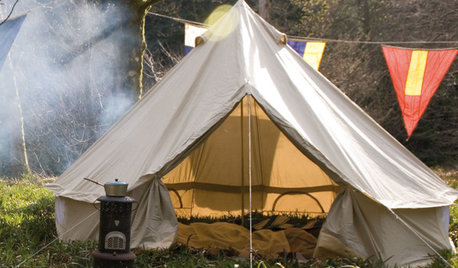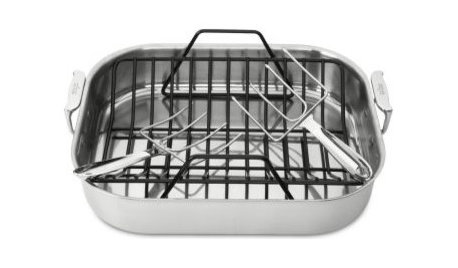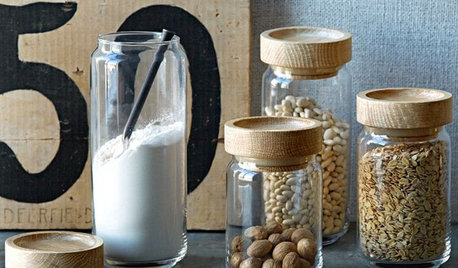easy as pie....
pnbrown
17 years ago
Related Stories

COFFEE WITH AN ARCHITECTDesign Explained in Pie Charts
If you've ever wondered about the creative process of architects and designers, check out these simple charts
Full Story
APARTMENTSHouzz Tour: In Tel Aviv, a Warmly Modern Pied-à-Terre
A mix of glossy new finishes and vintage finds creates a textured yet sleek apartment for a single father
Full Story
KITCHEN DESIGNKitchen Counters: Stunning, Easy-Care Engineered Quartz
There's a lot to like about this durable blend of quartz and resin for kitchen countertops, and the downsides are minimal
Full Story
BUDGET DECORATINGEasy, Beautiful, Cheap: Managing the 3 Points of Home Projects
When you're decorating or building, it helps to be realistic about what's possible. Here are some equations to ponder
Full Story
GARDENING GUIDES6 Wonderfully Easy Roses for Any Gardener
Look like an expert even if you're just starting out, with these low-maintenance gems of the rose world
Full Story
GARDENING AND LANDSCAPINGDiscover the Easy Adventure of Backyard Camping
Enjoy all of the thrills with none of the 'Are we there yet?' when you transform your backyard into a lively campground
Full Story
Guest Picks: Kitchen Essentials for a First Thanksgiving
With the right kitchen tools and servewear, hosting the big holiday meal can be (almost) as easy as pie
Full Story
PRODUCT PICKSGuest Picks: 20 Gifts for Foodies Under $25
These budget-friendly finds for cooks make last-minute presents as easy as pie
Full Story
SHOP HOUZZShop Houzz: The Vegetarian’s Kitchen
Skipping the meat is as easy as pie with our picks for a vegetarian kitchen
Full Story
ORGANIZINGThe Organized Home: Shelves, Cupboards and Closets
Neat as a pin is as easy as pie when you take take home organizing one step at a time. From pantry to office, we'll help you get there
Full StorySponsored
More Discussions




pnbrownOriginal Author
alison_froglady
Related Discussions
size/etc. of OSO Easy Cherry Pie Rose bush?
Q
Air-Layering with Air-Pots
Q
Pattico...this is for you...
Q
RECIPE: Got A Good Peanut Butter Pie Recipe?
Q
garden_nerd
deeds1
pnbrownOriginal Author
deeds1
garden_nerd
pnbrownOriginal Author
garden_nerd
marylandmojo
pnbrownOriginal Author
marylandmojo
marylandmojo
marylandmojo
pnbrownOriginal Author
pineresin
marylandmojo
pnbrownOriginal Author
marylandmojo
deeds1
garden_nerd
marylandmojo
deeds1
pnbrownOriginal Author
pineresin
marylandmojo
mariannese
pnbrownOriginal Author
marylandmojo
marylandmojo
deeds1
pnbrownOriginal Author
garden_nerd
flora_uk
garden_nerd
mariannese
pnbrownOriginal Author
garden_nerd
pnbrownOriginal Author
marylandmojo
marylandmojo
pnbrownOriginal Author
marylandmojo
marylandmojo
pnbrownOriginal Author
deeds1
garden_nerd
pnbrownOriginal Author
cherryblossompetal
cajary